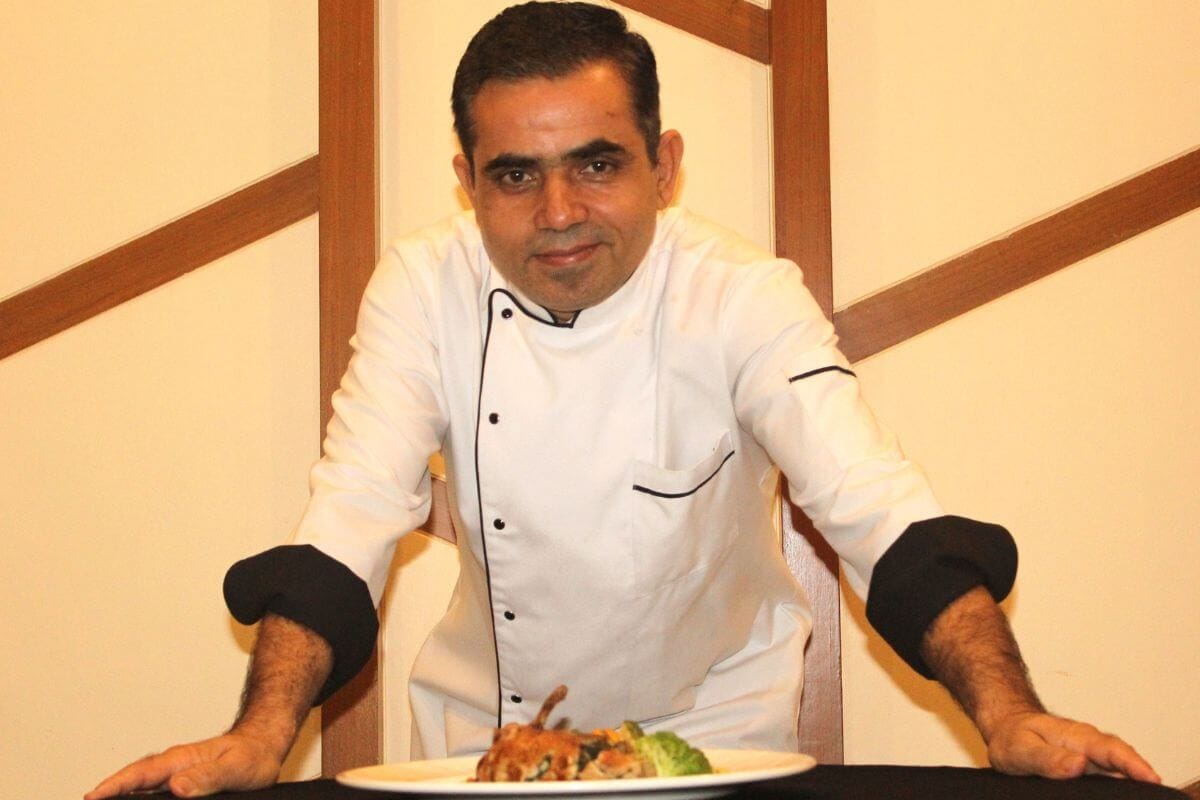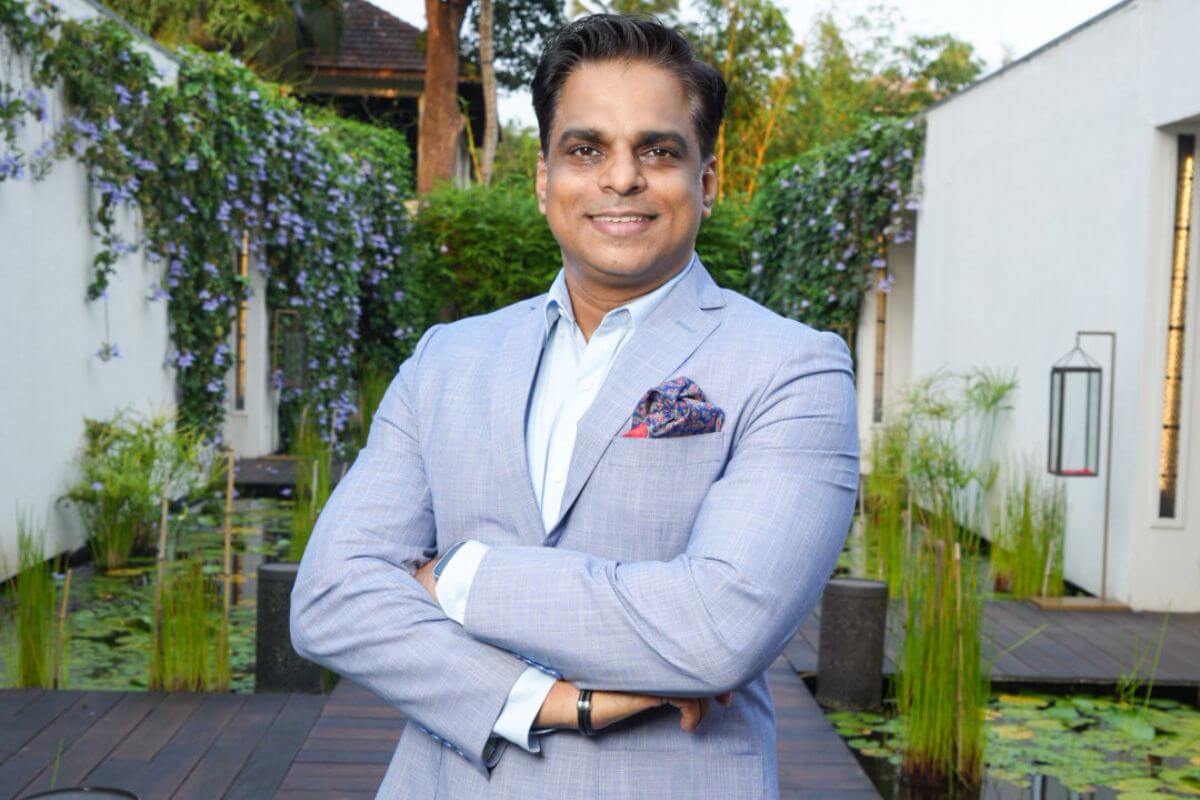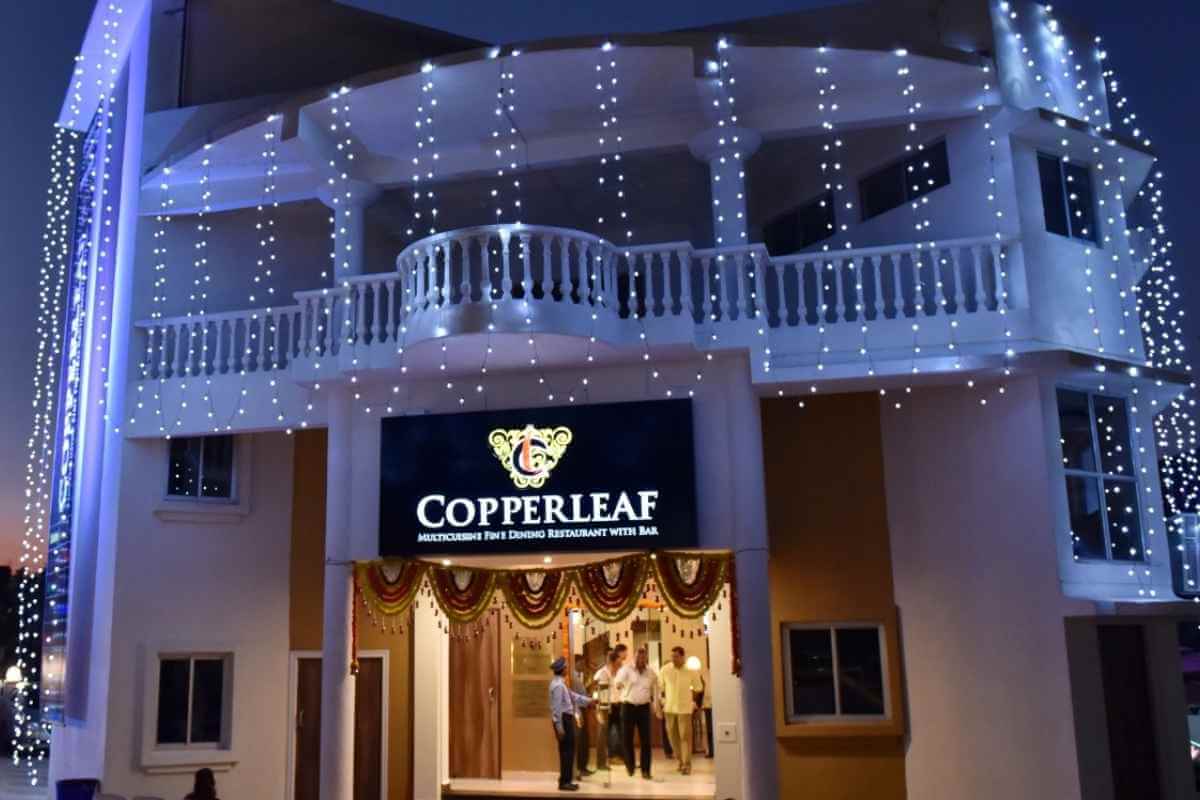With the steady rise in occupancy in the Hospitality industry, post lockdown took place due to the weddings and Leisure Travel. Goa has also seen a reasonable rise in the bookings during Diwali with several events and weddings organized at some of the starred properties in Goa.
According to the reports, Goa and Chandigarh remained on the top of the list with over 40 percent occupancy in the month of October. Meanwhile, the HVS Anarock report suggested that the pre-Covid occupancy level will reach only 2022 provided the vaccine is in place by early 2021.
According to the top market research company in the hospitality industry, in the month of October, the room occupancy closed the mark of 30% first time since the beginning of the new financial year. The boost has seen in the hospitality industry following the resumption of leisure travel and the start of the wedding season, said a top market research company.
The occupancy which went down to 11.7 percent in the month of April had climbed to 31 percent by October end, reported the HVS Anarock, a hospitality consulting and transaction advisory firm.
The average daily rate (ADR: the average rental revenue earned for an occupied room per day) by the end of October, however, was steady in the Rs 3,700-3,900 range, since supply is outstripping demand and expected to remain that way for the rest of the year. In April, the ADR stood at Rs 4,113.
Rise in Occupancy Due to Weddings and Leisure Stays
According to the HVS report, Goa and Chandigarh had topped the chart with over 40 percent occupancy in October with the rise in demands from wedding events and leisure travelers. Besides Goa and Chandigarh, the rise in occupancy has also been witnessed in Shimla, Uttarakhand, Kerala, Rajasthan, and Ooty.
“In October we hosted five weddings across two properties in the North. In November we did something like eight and the bookings are looking even better for December,” a mid-level executive at one of the top hotel brands in India told Moneycontrol.
There was a 33 percent rise has been witnessed in domestic air passenger traffic from September, the report stated.
Mandeep Lamba, President (South Asia), HVS Anarock, said: “The outbound Indian luxury traveler will also be on the lookout for exclusive domestic vacations within the country as uncertainties about international travel continue to loom large. To tap this demand, most domestic hotels have curated special Staycation, ‘work-from-hotel’ and F&B packages, which have sparked some recovery in the sector.”
The Midscale, Upscale, and Upper Upscale segments Hotels has witnessed the maximum traction after the lifting of ban within the country and the reason behind this is the high level of sanitization offered clubbed with good discounts offered by the top hotels in the country.
Hospitality Business Took Hit Due to Virtual Events
The virtual events during the pandemic had affected the hospitality industry very badly and due to that, the corporate travel remained disappointingly low. Revenue per available room or RevPar in Mumbai, Pune, Hyderabad, New Delhi, Chennai, and Bengaluru was down 60-80 percent in October compared to the same month last year.
Bengaluru and Pune continue to witness low occupancy due to limited corporate travel, especially by the IT-ITES sector, added HVS Anarock.
“While domestic leisure travel is picking up, corporate demand is still subdued and will remain constrained at least for the short term due to companies’ cost-cutting measures. Most corporates are now using virtual meetings, events and webinars to connect with their stakeholders”, Lamba added.
The overall Indian hospitality sector (organized, unorganized and semi-organized operators) is estimated to have incurred an estimated total revenue loss of Rs 90,000 crore due to the pandemic. Occupancy and ADR are expected to reach pre-Covid-19 levels by 2022 and 2023, respectively — assuming that a vaccine is in place by early 2021, the HVS Anarock report said.
Photo by Artem Beliaikin from Pexels







